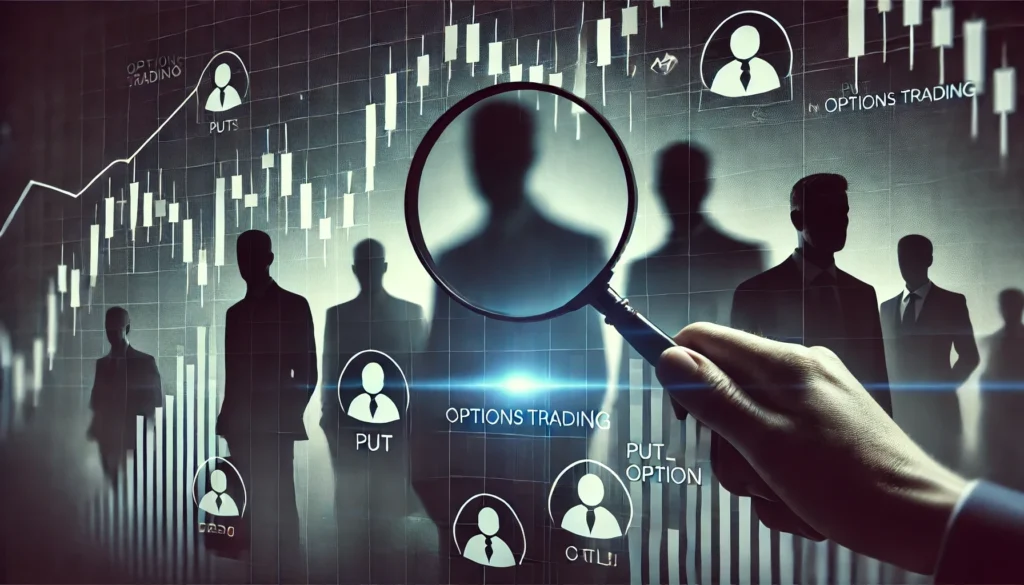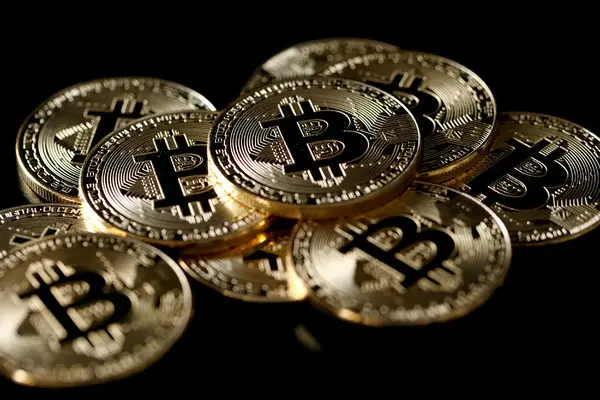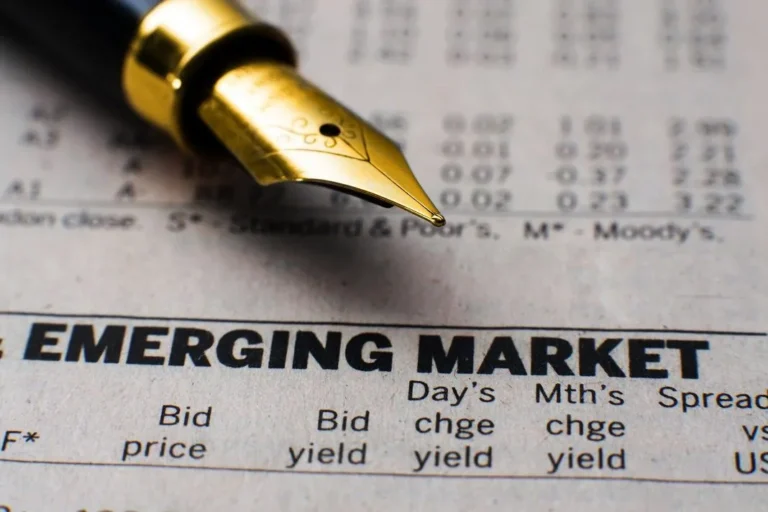
Insider trading is a term that often surfaces in finance, conjuring images of secretive deals, shady exchanges, and high-stakes maneuvering behind closed doors. It’s an illegal practice that involves trading stocks or other securities based on confidential, non-public information that could affect their value. While widely known and condemned, insider trading remains a persistent issue in the financial world, with questions about how deep the corruption runs and how far it can reach.
What Is Insider Trading?
At its core, insider trading involves buying or selling securities based on material information not yet available to the public. This could include executives using confidential corporate information, government employees accessing sensitive data, or even individuals who hear rumors from insiders. Insider trading is illegal because it creates an unfair advantage, allowing those with inside knowledge to profit at the expense of regular investors who do not have access to the same information.
For example, suppose an executive knows a company will announce a significant merger or acquisition. In that case, they may purchase stock before the news breaks, reaping substantial profits when the price rises. The same applies to someone in government who might have access to non-public data about an upcoming policy shift that could influence the markets.
The Scope of Insider Trading
Insider trading is often portrayed as a crime committed by top executives or influential individuals with privileged access to corporate or government secrets. However, its scope extends far beyond that. In reality, anyone with access to material non-public information, even if not directly connected to the company, can be involved in insider trading.
The network of insiders is vast, encompassing corporate leaders, lawyers, accountants, consultants, journalists, and even family members or friends of those with access to confidential data. These individuals may tip off others, creating a web of deceit and manipulation across various societal levels.
A standard method of insider trading involves “tippees,” people who receive non-public information from an insider (the “tipper”). While the tipper is liable for the trade, the tippee is also legally accountable for benefiting from the information.
High-Profile Cases and Corruption
Over the years, several high-profile insider trading cases have captured public attention, shedding light on the scope of the system’s corruption. One of the most famous cases is that of Martha Stewart, the television personality and businesswoman convicted of lying to investigators about a stock sale involving her company, ImClone Systems, in 2001. Though Stewart did not trade based on inside information, the case sparked widespread discussion about the fine line between legal and illegal trading.
Another significant example is Raj Rajaratnam’s 2012 conviction. Rajaratnam, the founder of the Galleon Group hedge fund, was found guilty of orchestrating a massive insider trading scheme involving receiving confidential information from corporate insiders and making illegal trades that netted millions of dollars. The case revealed the far-reaching influence of insider trading networks and led to increased scrutiny of hedge funds and the financial sector.
These cases highlight a crucial aspect of insider trading: its potential to undermine trust in financial markets. When people believe that insiders are using confidential information to manipulate stock prices, it can erode investor confidence, ultimately harming the economy.
The Role of Technology and Enforcement
While insider trading has been around for as long as stock markets themselves, the rise of technology has complicated the issue. With the advent of high-frequency trading, advanced algorithms, and social media, the lines between legal and illegal trading have become even more challenging to discern. Traders now have access to vast amounts of data and can execute trades in milliseconds, making it harder for regulators to detect illegal activity.
Despite the challenges, regulatory bodies like the Securities and Exchange Commission (SEC) have been vigilant in prosecuting insider trading cases. The SEC uses sophisticated monitoring tools and data analytics to detect unusual trading patterns and uncover insider trading schemes. In recent years, there has been a push for stricter enforcement and harsher penalties, with authorities making it harder for those involved in insider trading to get away with it.
How Far Does the Corruption Go?
The real question surrounding insider trading concerns individual cases and how deeply ingrained corruption is within the financial system. While laws have been implemented to curb insider trading, the practice continues in various forms. The vast networks of insiders and the rapid flow of information make it challenging to eradicate the problem.
There is a pervasive belief that insider trading is a “victimless crime” because it primarily affects stock market investors. However, its impact reaches much further. Insider trading can lead to market inefficiencies, price manipulation, and a lack of accountability. It encourages a culture of secrecy and corruption, undermining the principle of fairness on which financial markets are built.
In the end, the secret world of insider trading is not just about a few bad actors. Still, it reflects the systemic issues within financial markets that allow such behavior to persist. How far the corruption goes depends on the strength of regulatory efforts, public awareness, and the willingness of those in power to make real change. Until then, the question remains: can insider trading ever be eliminated, or is it a deeply embedded part of the financial world’s shadowy underbelly?







